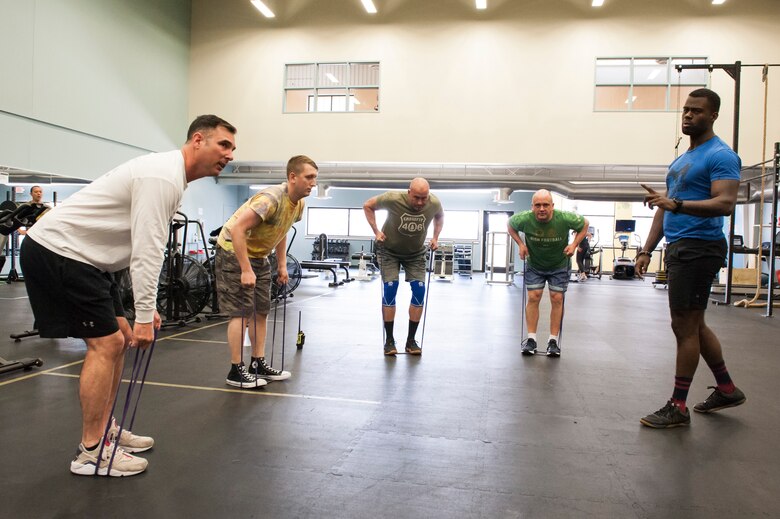Coaching, How to Get Begun as an Online Personal Coach

Read how to be an online personal coach, why it’s so important, and how to start a personal coaching business online
Are you a fitness specialist who loves to train clients, but feel like you’ve hit the iron ceiling in your profession? You’re working as many hours as feasible, and charging as many as you can, and yet you have no sense of personal or financial safety.
Evolution of a personal coach
My coaching career was, by all accounts, strong.
I arrived at a job at a top boutique gym in Toronto before the ink was dry on my kinesiology division. The opening fee was $25 a term—a chance for a 21-year-old in 2006.
In a year I had a raise and a full client roster. I was flush with cash while the greatest of my friends were still in school. And I was just going started.
Soon I was running a Bootcamp that began at 6:30 a.m. I then trained clients in their homes, moved to the gym at noon, and trained clients there until 8:30 p.m. At the end of a 14-hour day, I’d made it higher than $700.
Types of clients you need to work
An in-person coach will work with a wide range of clients. There’s a limited number of possibilities in your vicinity and price range, and you’re happy to have anyone who requires to train with you.
Once you go online, and the location is no longer a part, your potential customer base is nearly endless. But so is your competition. You’re up upon everyone with single-digit body fat who’s ever posed next to a fall on Instagram.
Build a template with three or four coaching phases

You may think templated exercises are a disservice to your clients. But if you do them correctly, the inverse is true.
The reality is, most clients fit pretty well into sections. In any setting, the workout you write for a 40-year-old man who needs to lose belly fat will be pretty related to the last one you wrote for that type of client.
The fact it’s a template doesn’t suggest you won’t individualize it. Of course, you will, following your onboarding method and initial charge.
Correcting Exercise Technique By Online Fitness Coaching
Practice Goals
Before working with a client, you [obviously] want to understand their individual goals.
Duh….
While you force assume this should go without saying, I still talk to many coaches who neglect this component of their first assessment.
Regardless of whether you’re coaching online or in-person, you want your client to set clear cut goals that they aim to achieve by working with you.
First Technique Analysis
1)A technique check serves as a valid screening method. I don’t accept clients who aren’t proficient in primary barbell movements as learning these lifts online presents the main risk to their health and safety (not to suggest it’s a huge liability).
2)The initial technique check allows me to assess my clients’ movement and program properly for their individual needs. Equally important, I can provide a kind of cues and tips to improve their technique and change competency.
Initial Changes

As coaches, we want to fix everything in one fell fall. While giving the lifter with every single critique may seem like a good plan, it’s much more efficient to get 1 or 2 small tweaks at a time.
Coaching in this manner does many things for the lifter:
1) This keeps them from becoming overwhelmed.
2) It allows them to focus on and learn one thing at a time (thereby increasing self-efficacy).
3) It keeps them motivated to change. Changing 1 thing is relatively easy whereas changing 4 things can be very daunting.
Non-Verbalized Revising
This section is extremely valuable.
I previously saw why it’s helpful to keep your initial corrections to the bare least.
However, what I didn’t mention was the idea of non-verbalized corrections.
Non-Verbalized corrections are made without mention to your client but, assuming they are processed appropriately, will help to improve their appearance.
Monitor Progress
From this point forth your client should be on automobile pilot.
They should have a very good thought of what constitutes an “optimal” technique and need relatively little critique consistently.
That being said, it’s wise to follow up with proper technique checks (roughly every 2-4 weeks) just to create sure they haven’t fallen back into any bad habits or created different ones.
For Kimberly, her opponent crept up after just 7 weeks of working together and she had an extraordinary day.